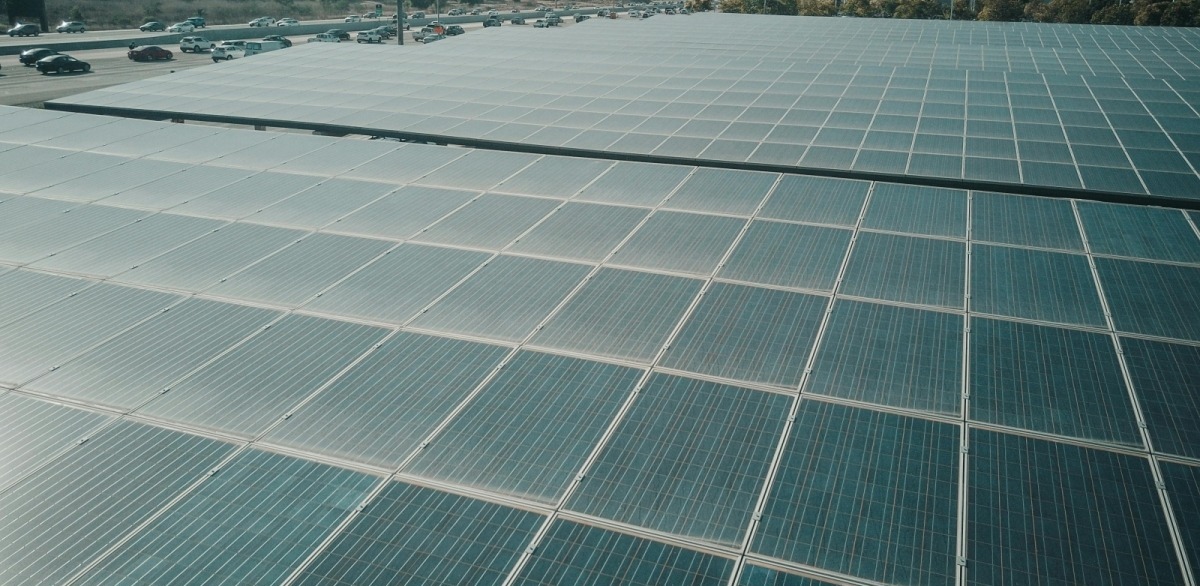Assam’s new clean energy strategy, which aims to produce 3,000 MW of solar electricity by 2030, is a praiseworthy step towards attaining sustainable development. An outline of the main components of this drive for renewable energy is provided below: Increase in Solar Capacity: With an ambitious goal of 3,000 MW by 2030, the state hopes to greatly expand its solar capacity. This will assist lower carbon emissions in addition to meeting the rising demand for electricity. The Karbi Anglong New Solar Facility: One of the biggest solar projects in the state to date will be a 500 MW solar system in the Karbi Anglong area.
In order to ensure dependable electricity distribution during periods of high demand, Assam is also concentrating on battery storage systems. In partnership with ONGC Tripura Power Company Ltd. and Assam Power Distribution Company Ltd. (APDCL), this project guarantees a consistent supply of renewable energy to businesses and families. Public-Private Partnerships (PPPs): Assam is promoting private sector involvement in renewable energy projects by fortifying PPPs, which may stimulate investment, efficiency, and innovation in this field.
Improved Rural Distribution: By installing transformers and substituting aerial cables for conventional overhead lines, Assam is modernizing the rural electrical infrastructure. The goal of this infrastructure upgrade is to give rural areas dependable electricity, promoting local growth and quality of life. The potential for long-term sustainability and energy security in the state is further reinforced by Assam’s collaboration with the Asian Development Bank (ADB) to increase renewable energy.




